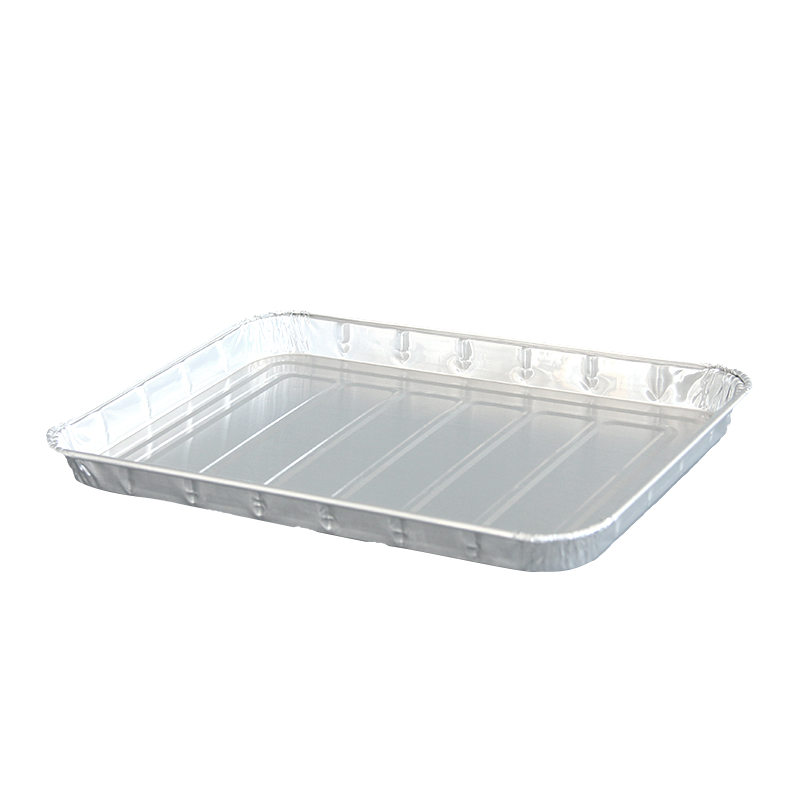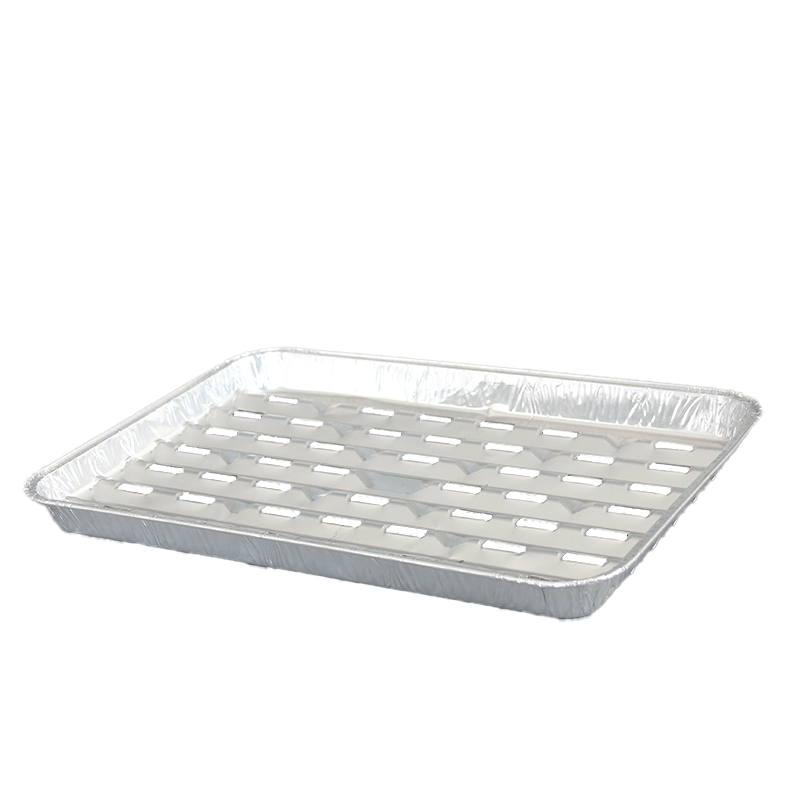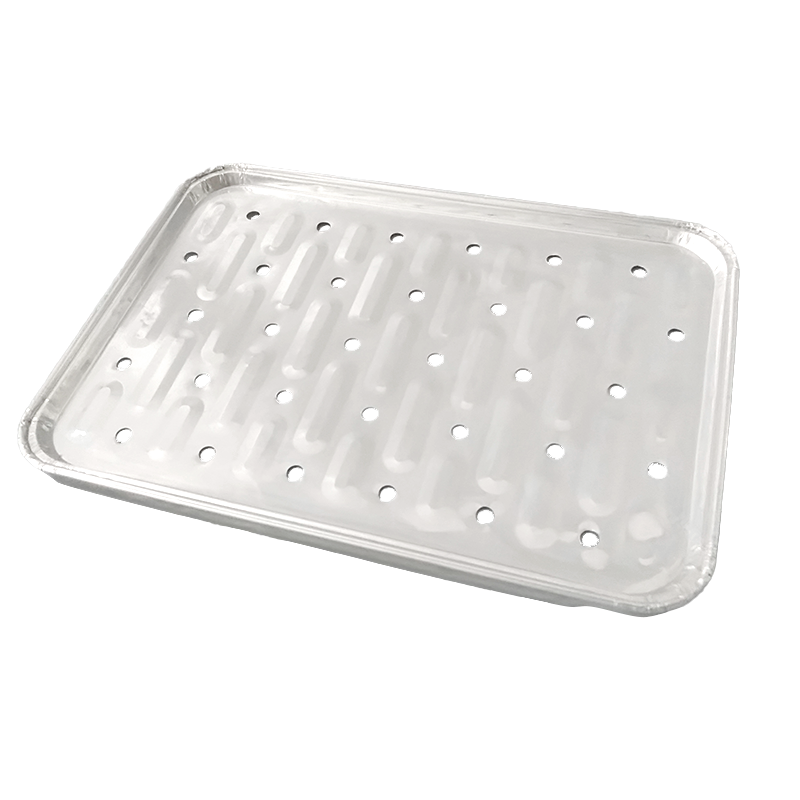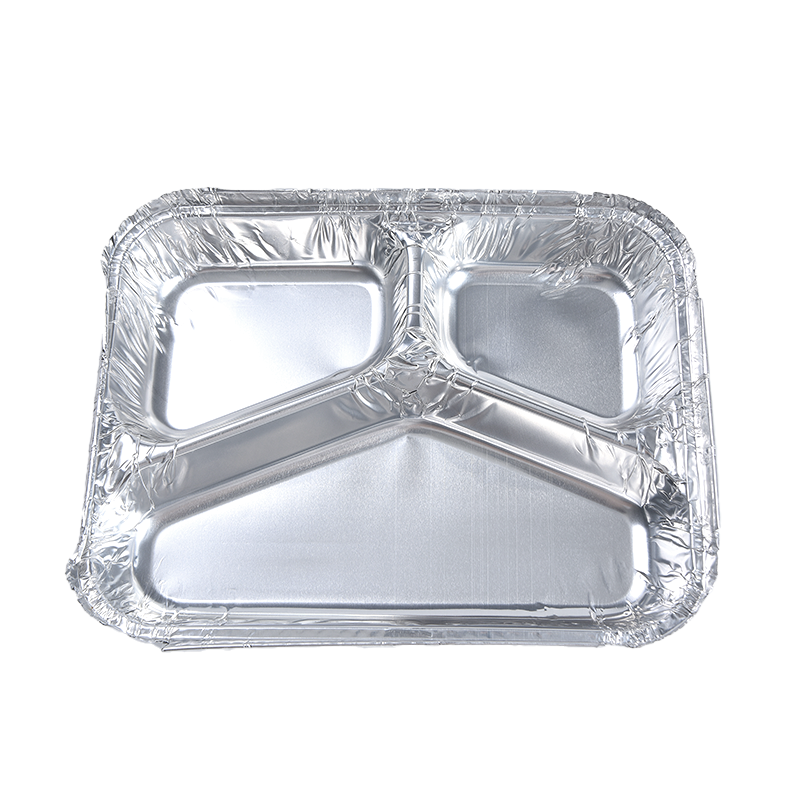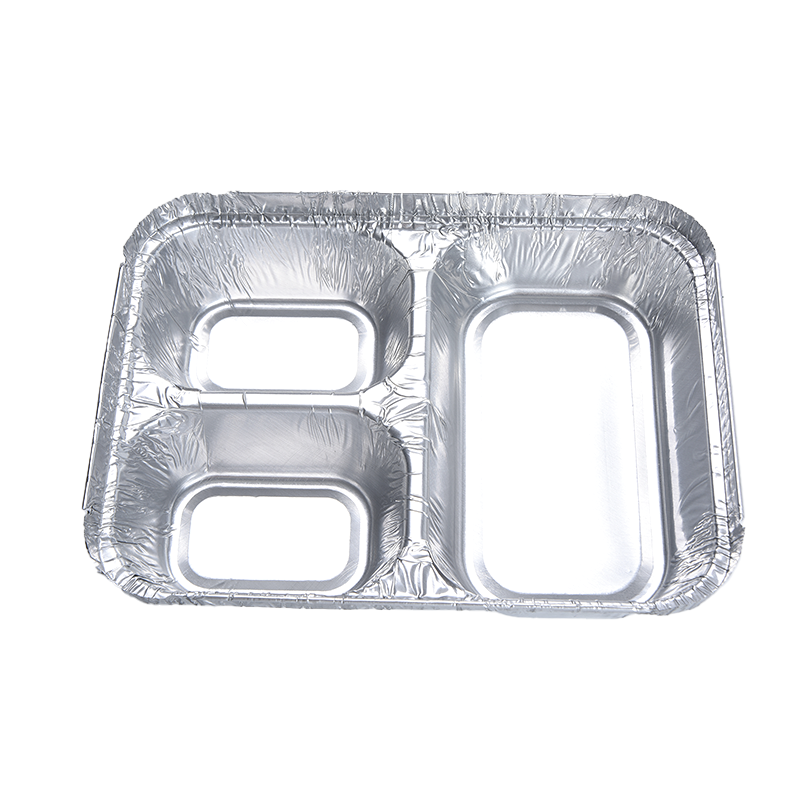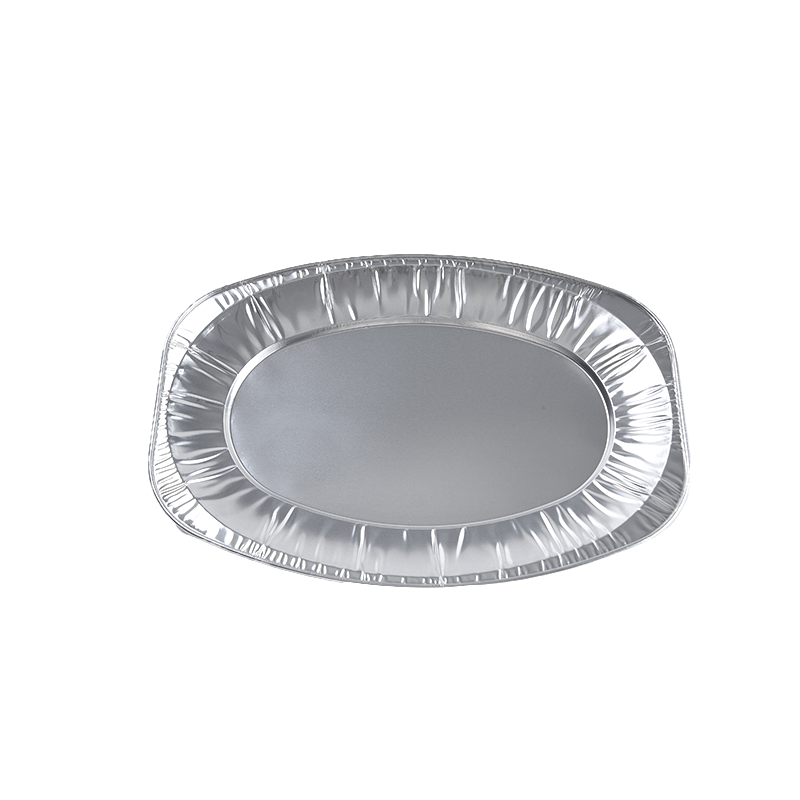Heat Shrinking Machine: How to provide a good packaging solution?
Industry News-1. Working principle of heat shrinking machine
The heat shrinking machine is an automated equipment that uses the heat shrinking characteristics of heat shrinkable film to complete product packaging. Its core workflow can be divided into three main stages:
Film wrapping stage: The product enters the heat shrinking machine through the conveyor belt, and the pre-cut heat shrinkable film is automatically wrapped around the product to form a loose package. Some models use a sleeve labeling machine to first make the film into a tube shape and then put it into the product.
Hot air heating stage: The wrapped product enters the heat shrinking channel (also known as the heat shrinking furnace). In the hot air circulation environment with controllable temperature, the film begins to shrink due to heat. The temperature is usually controlled between 120-180℃ and is precisely adjusted according to different film materials.
Cooling and shaping stage: After heating and shrinking, the product enters the cooling zone, and the film is shaped by natural cooling or forced air cooling, and finally a package that fits the contour of the product is formed.
Throughout the process, the accuracy of the temperature control system and the uniformity of the hot air circulation are key factors in determining the quality of packaging. Modern heat shrink machines mostly use PID temperature control systems, and the temperature difference can be controlled within the standard range.
2. Features of heat shrink machines
Strong packaging adaptability: It can handle product packaging of various shapes, including special-shaped pieces, multi-piece combination packaging and other situations that traditional packaging methods are difficult to deal with.
High efficiency and energy-saving design: The new heat shrink machine adopts high-efficiency heating elements and insulation design, with a thermal efficiency of more than 85%, which is 30%-40% energy-saving than traditional models.
High degree of automation: From film transportation, product detection to temperature control, the whole process is automated, and some models can achieve unmanned continuous production.
Outstanding packaging effect: The shrunken film is close to the product, with good display effect, and it also has moisture-proof, dust-proof, anti-counterfeiting and other functions.
Flexible and adjustable parameters: Parameters such as temperature, wind speed, and conveying speed can be flexibly adjusted according to different products and film materials, and one machine can be used for multiple purposes.
3. Advantages of heat shrink machines
Cost advantage: Compared with other packaging methods, the cost of heat shrink packaging materials is low, and the equipment investment return cycle is short. The amount of film can be precisely controlled to reduce material waste.
Efficiency advantage: 20-100 products can be processed per minute (depending on the machine model), which is higher than the manual packaging speed and is particularly suitable for mass production needs.
Space advantage: The compact machine design occupies a small area and the production line layout is flexible. Heat shrink machines are particularly suitable for factory environments with limited space.
Environmental advantage: Modern heat shrink films are mostly recyclable materials, and no harmful substances are produced during the packaging process, which meets environmental protection requirements.
Marketing advantage: Transparent shrink film can perfectly display products and enhance shelf appeal; brand information can also be printed to enhance brand recognition.
4. Main points of heat shrink machine
In order to ensure the long-term and stable operation of the heat shrink machine and extend the service life of the equipment, special attention should be paid to the following maintenance points:
Heating system maintenance: Regularly check the working status of the heating tube and remove surface dust and residues. It is recommended to clean the interior of the heating chamber with a special cleaner every month to prevent the accumulation of film residues and affect thermal efficiency.
Fan system maintenance: Check the operating status of the hot air circulation fan every quarter, clean the fan blades and air ducts, and ensure that the hot air is evenly distributed. The fan bearing should be filled with high-temperature lubricating oil every six months.
Conveyor belt maintenance: Check the tension and running track of the conveyor belt every week, and remove the adhered film residue in time. The conveyor belt roller should be cleaned and checked for wear every month.
Electrical system inspection: Check whether each electrical connection point is firm and whether the temperature controller parameters are accurate every month. It is recommended that a professional electrician conduct a comprehensive electrical safety inspection every six months.
Daily cleaning and maintenance: After work every day, the film debris and dust inside and outside the equipment should be cleaned, especially the photoelectric sensor part should be kept clean to ensure detection accuracy.





 English
English 日本語
日本語 عربى
عربى Español
Español
